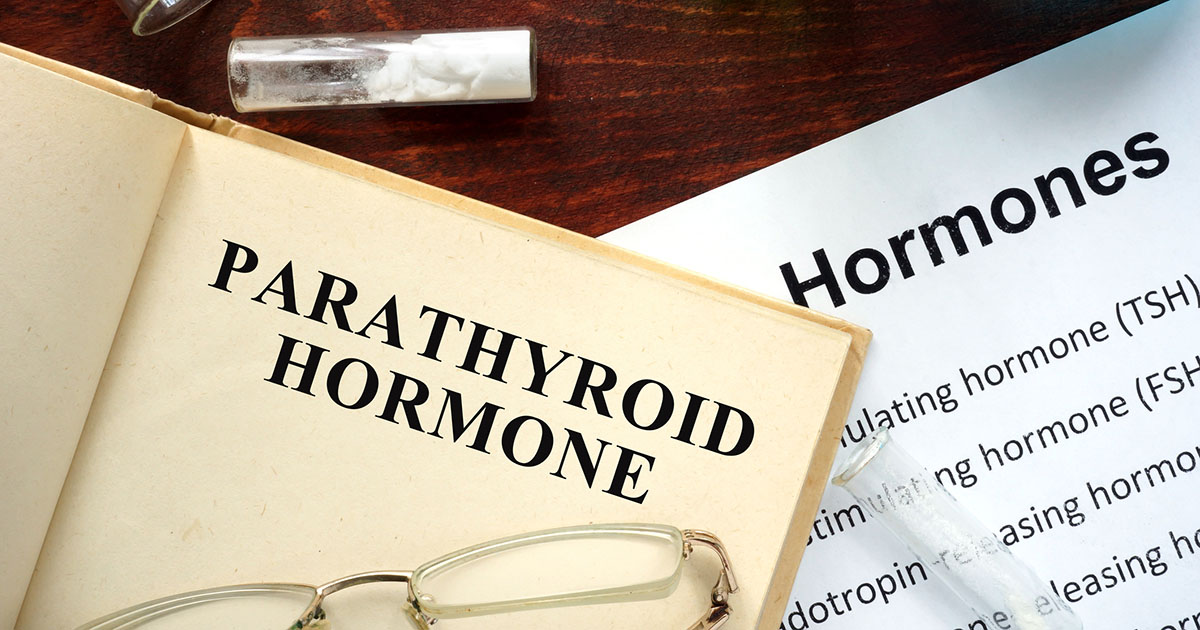Osteitis Fibrosa Cystica Treatment Options
Osteitis fibrosa cystica is a type of rare skeletal disorder that causes many issues. Individuals who have osteitis fibrosa cystica regularly lose mass in their bones because the sturdy calcified bone tissue is replaced with cysts and fibrous material. This condition is caused by overactive parathyroid glands that keep the bones from holding onto calcium properly. Osteitis fibrosa cystica patients end up with bones that look moth-eaten and break frequently. Due to excessive amounts of calcium in the blood, osteitis fibrosa cystica also causes patients to develop kidney stones and experience nausea and weight loss. If you have osteitis fibrosa cystica, there are a few different treatment options available.
Schedule Surgical Removal

Since osteitis fibrosa cystica is caused by the parathyroid gland producing too much parathyroid hormone, one option for dealing with the condition is to remove the parathyroid gland. Surgical removal of the parathyroid gland is typically very safe and effective. Since an individual has more than one of these glands, they can often choose to remove a single gland rather than both. The remaining glands will produce lower amounts of parathyroid hormone, ensuring the patient gets enough of the hormone without producing so much they start to experience osteitis fibrosa cystica again. The type of surgery used to remove the parathyroid glands is called parathyroidectomy. Patients who get this surgery get general anesthesia, and then the glands are removed through a small incision. It is typically a fast surgery with little visible scarring and a quick recovery.
Learn more about treating osteitis fibrosa cystica now.
Take Hormone Replacement Therapy

Women who are either about to go through menopause or have already experienced it can benefit from hormonal replacement therapy. The type of hormone therapy recommended for treating osteitis fibrosa cystica is simply the same therapy used in menopausal women. This style of hormone replacement therapy provides supplemental levels of estrogen and other hormones that start to drop as a woman goes into menopause. In addition to helping with hot flashes and other issues, this type of hormone replacement therapy also helps keep calcium in the bones. It does not completely combat the effects of osteitis fibrosa cystica, but it does keep menopause from worsening the bone density loss.
Get to know the next treatment option for osteitis fibrosa cystica.
Increase Vitamin D Intake

Increasing the amount of vitamin D in your body helps manage osteitis fibrosa cystica because vitamin D is essential for absorbing calcium. Getting enough of this vitamin can help slow the loss of calcium in the bones and maintain bone density. There are a few different ways to boost vitamin D intake. The body can actually produce this hormone on its own if you get about twenty minutes of sun exposure each day. If this is not an option, individuals can get all the vitamin D they need through diet. Vitamin D is typically found in fatty sources of animal protein, including fatty fish and egg yolks. Many products, like milk or cereals, are fortified with vitamin D, so individuals can also boost their intake by eating these products.
Continue reading now to learn about more ways in which osteitis fibrosa cystica can be treated.
Get Treatment For Hyperparathyroidism

Osteitis fibrosa cystica tends to worsen at a rapid rate when the body is making too much hyperparathyroidism, so effective treatment is dealing with the hyperparathyroidism itself. The exact treatment for hyperparathyroidism may vary depending on the exact cause. Surgery to remove the parathyroid gland is a common method of dealing with hyperparathyroidism, since it helps curb the body's production of the parathyroid hormone, but it may not be recommended in some cases as potential complications include damage to vocal cord nerves as well as potentially long-term low calcium, which will require supplementing. Many of the treatments for hyperparathyroidism mirror those for osteitis fibrosa cystica, such as monitoring vitamin D and calcium intake, as well as watching waiting, which is why treating hyperparathyroidism helps with osteitis fibrosa cystica as well.
Keep reading for more on treating osteitis fibrosa cystica effectively now.
Monitor With Ongoing Treatment

In some cases, no immediate treatment like surgery is required for osteitis fibrosa cystica, and instead of doing any drastic treatment, doctors may recommend a watch and wait approach. This involves just staying as healthy as possible and regularly getting tests to check up on bone density and calcium. During this time, it is a good idea to focus on increasing your vitamin D and calcium intake. It is also recommended to do weight-bearing exercises like weightlifting, as exercises that put the bones under pressure help to strengthen the bones and keep more bone density from being lost. To make sure hyperparathyroidism is not causing worrying amounts of bone loss, doctors may suggest regular tests as part of ongoing treatment. These might include imaging scans and blood work to check the levels of calcium in the blood.